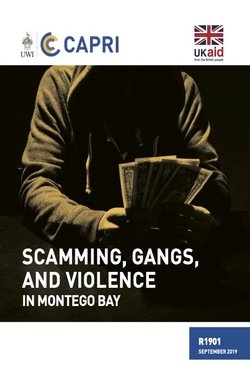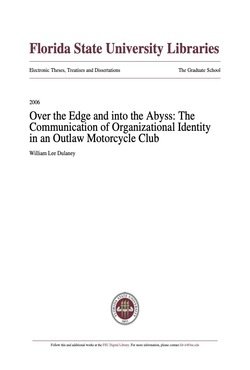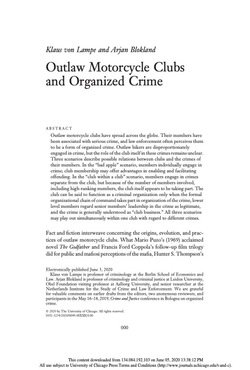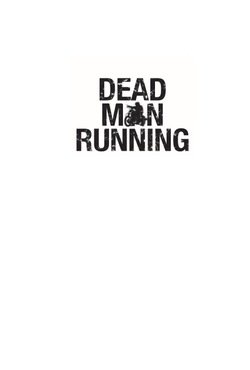By InSight Crime
President Maduro’s plan to help governors fund their states by gifting them each a gold mine soon ran into trouble. In the sprawling state of Bolívar, this led to immediate conflict. The criminal gangs that ran Venezuela’s mining heartland would never surrender. One group, in particular, has led the resistance. On November 5, 2019, threatening pamphlets appeared on the streets of El Callao, a mining town in Venezuela›s eastern state of Bolívar. The town was already on edge. A week before, a severed head was found on a road in El Callao. The pamphlets contained a message from a local gang leader, Alejandro Rafael Ochoa Sequea, alias “Toto,” to the municipal mayor, Alberto Hurtado. “You handed over your land to the government,” they read. “Resign, you have 48 hours to pack your bags because there is going to be more death, and if you don’t go, I’m coming for your head.” That night, armed men on motorbikes raced around the streets, firing off their weapons and setting off a grenade. This investigation exposes how the Maduro regime’s attempts to control Venezuela’s mining heartland in the state of Bolívar has led to criminal chaos, as guerrilla groups, heavily armed gangs and corrupt state elements battle over the country’s gold. Toto’s message and his gang’s terror campaign came shortly after President Nicolás Maduro had announced an unusual new policy: He would give each state governor a gold mine to help fund their administrations. There was one problem. Bolívar’s gold mines were controlled by brutal criminal gangs known as sindicatos (unions). And the sindicatos such as Toto’s had no intention of giving up the mines without a fight.
Washington, DC: InSight Crime, 2021. 31p.



















